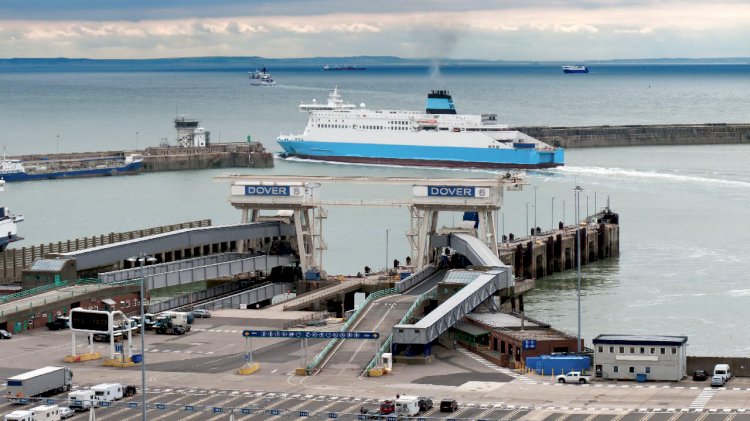Port of Dover to use radar tracking and display technology

Cambridge Pixel, a developer of radar display, tracking and recording sub-systems, has supplied its radar video trackers and display technology to Marico Marine as part of a major investment by the Port of Dover into safety systems at Europe's busiest ferry port.
Engineers at Marico Marine (Southampton, England) needed a low cost, open, software-based radar tracker for integration with its new vessel traffic service (VTS) system in Dover. It was important that the tracker worked seamlessly with a range of proprietary radars and delivered plot merging capability to combine multiple echoes from large ship reflections into single plots.
The software also needed to be highly configurable to support the tracking of small and large vessels at short and long range and to allow the suppression of radar returns and tracks from terrain and harbour artefacts, such as buoys, to minimise false alarms. Radar recording for training and incident analysis was also a prerequisite.
Martin Harvey, project engineer, Marico Marine, said:
"Cambridge Pixel's radar tracker and display software exceeded all our requirements. The company's extensive experience of working with different radars, such as the Terma 2202 and Simrad Halo-6 for this project, has been a key factor in us getting the VTS system installed, configured and fully operational so quickly."
For the Port of Dover installation, Cambridge Pixel has provided its SPx Server for radar video tracking and distribution, and its SPx library for display of scan converted radar video. SPx Server interfaces to each of the radars using their proprietary network connections and accepts input from an AIS receiver so that primary and AIS tracks can be viewed together. SPx Server also provides high quality radar video pre-processing to optimise tracking performance.
Dover is Europe's busiest ferry port with 1,760 commercial shipping, 36,331 ferry and around 9,500 leisure craft movements passing through the port during 2017. The radar installation is designed to detect commercial and smaller private vessels at a significant distance from the port as well as monitoring the movement of vessels within the harbour.
David Johnson, CEO, Cambridge Pixel, said:
"We are delighted to see our radar trackers and display software deployed to improve the safety at Europe's busiest ferry port. The radars with our trackers and display software will link to CCTV cameras to give Port Control Officers greater ability to track, target, record and intercept vessels navigating dangerously."
Cambridge Pixel's SPx radar tracker is a best-in-class software-based COTS primary radar data extractor and target tracker that provides target track identification, heading and speed. It is fully parameterised, highly configurable and supports multi-hypothesis and multi-model tracking to improve tracking efficiency and reduce nuisance alarms.
The tracker is designed to operate with many different radar types including those from Raytheon, Kelvin Hughes, Blighter Surveillance Systems, Saab Sensis, Furuno, JRC, Koden, Navtech Radar, Simrad, Sperry and Terma.
Cambridge Pixel's technology is used in naval, air traffic control, vessel traffic, commercial shipping, security, surveillance and airborne radar applications. The company's world-leading SPx suite of software libraries and applications provide highly flexible, ready-to-run software products for radar scan conversion, visualisation, radar video distribution, target tracking, sensor fusion, plot extraction and clutter processing.

























































































































































